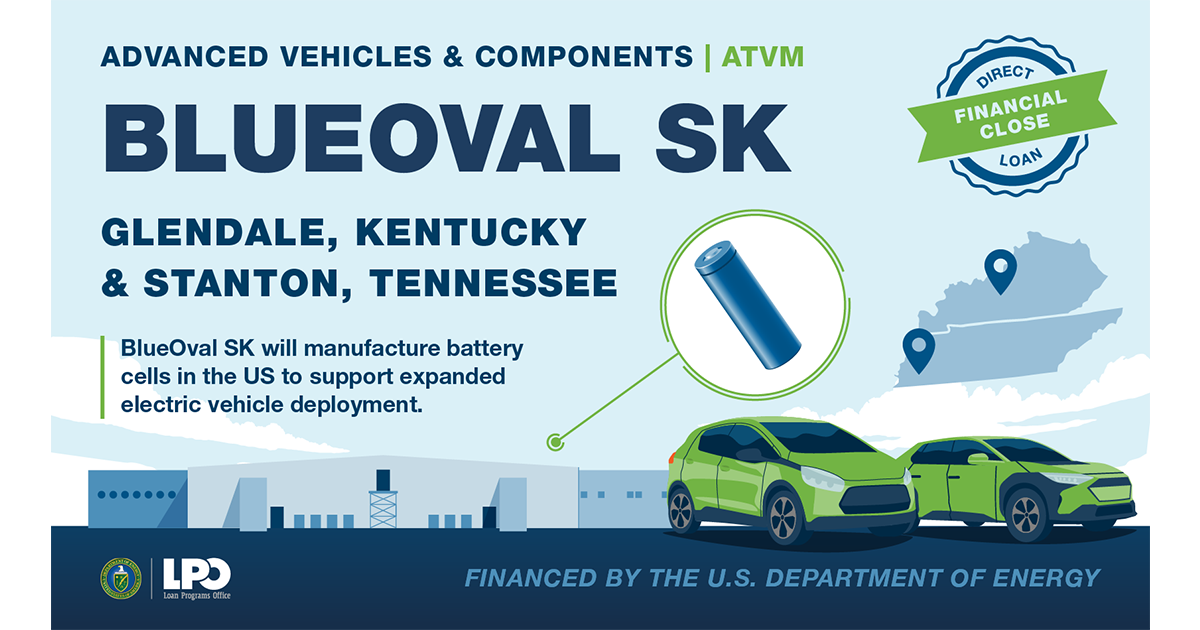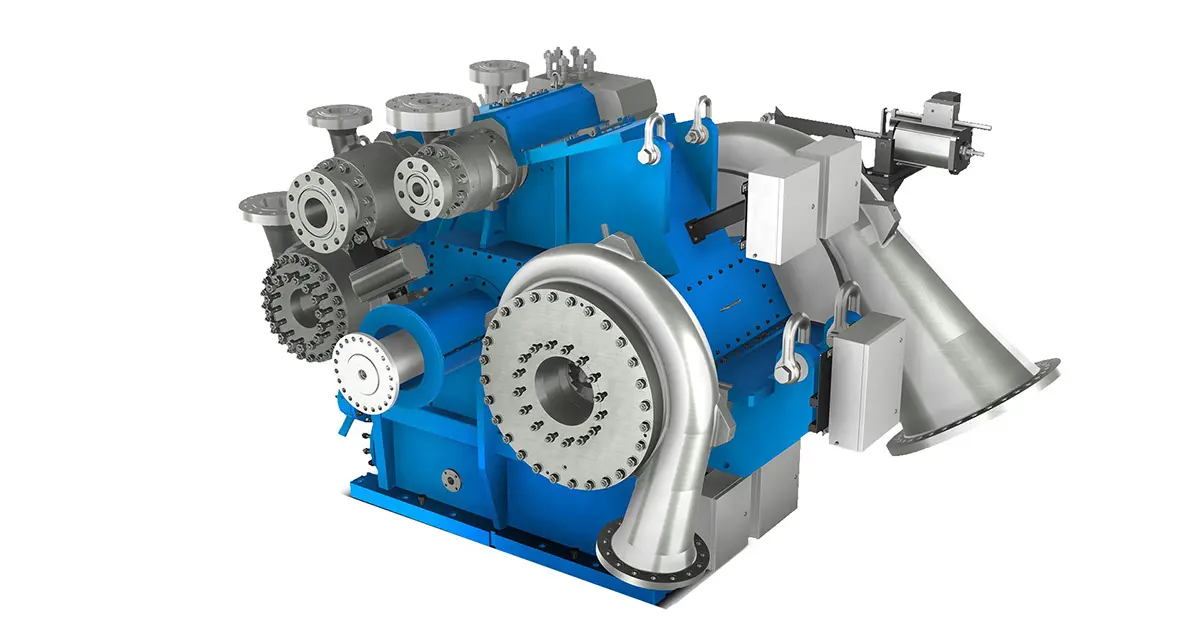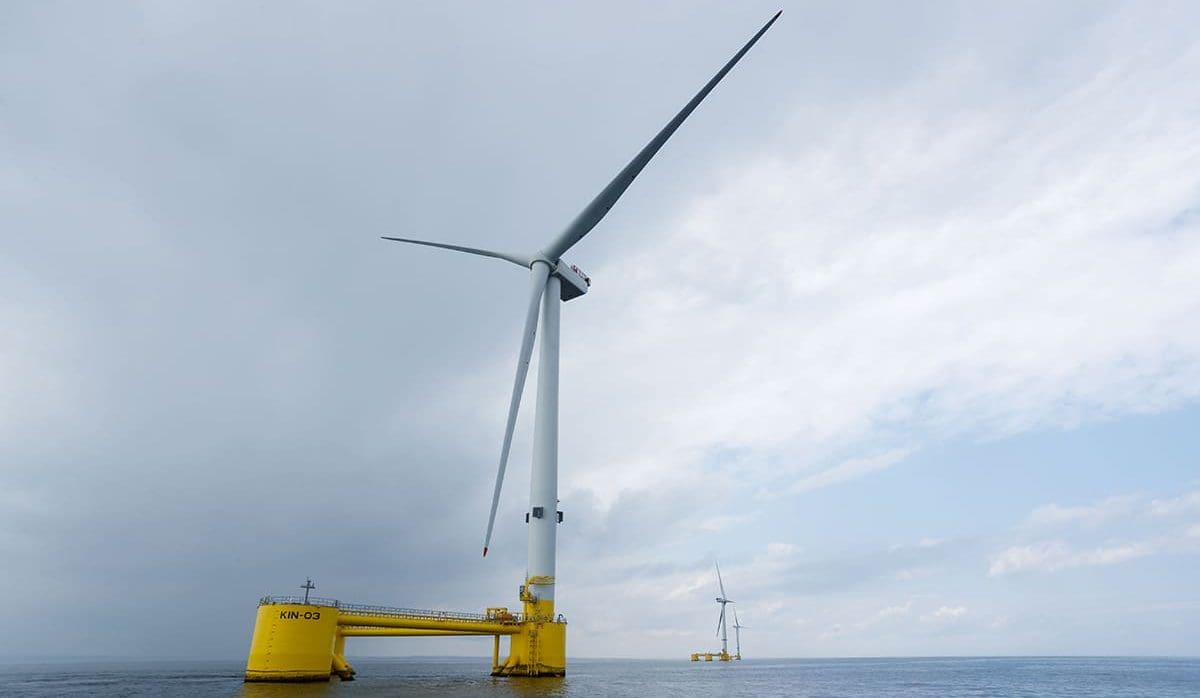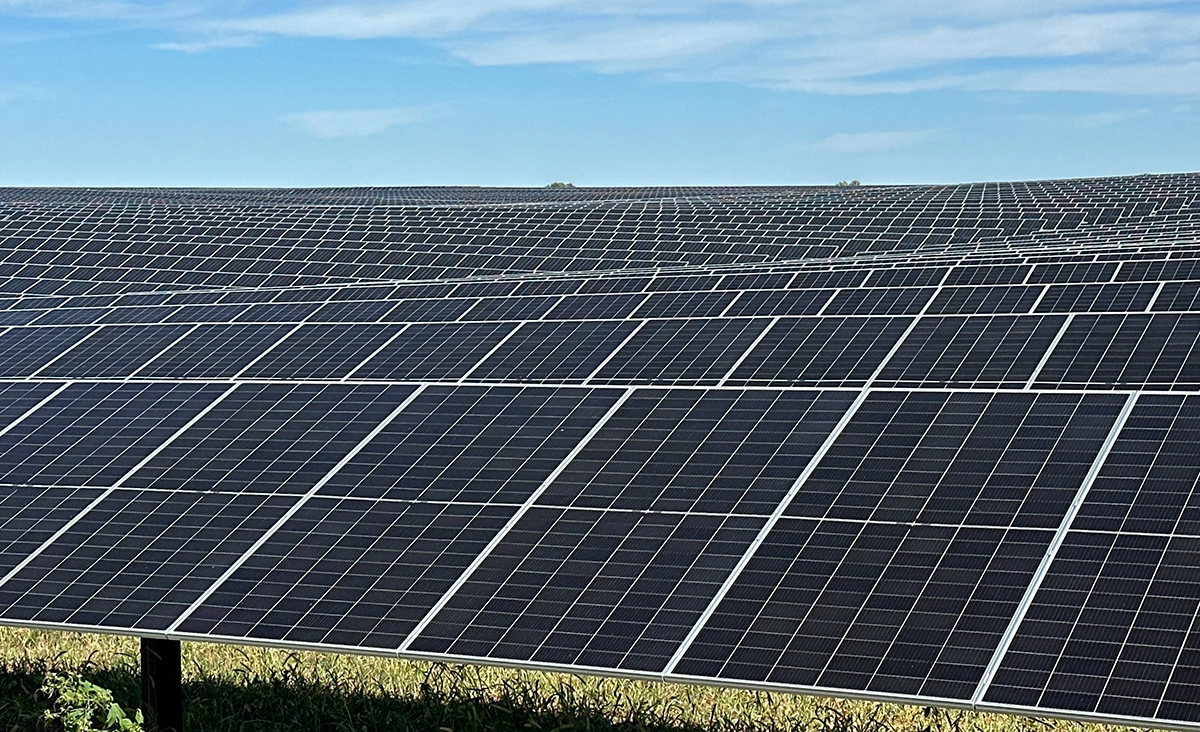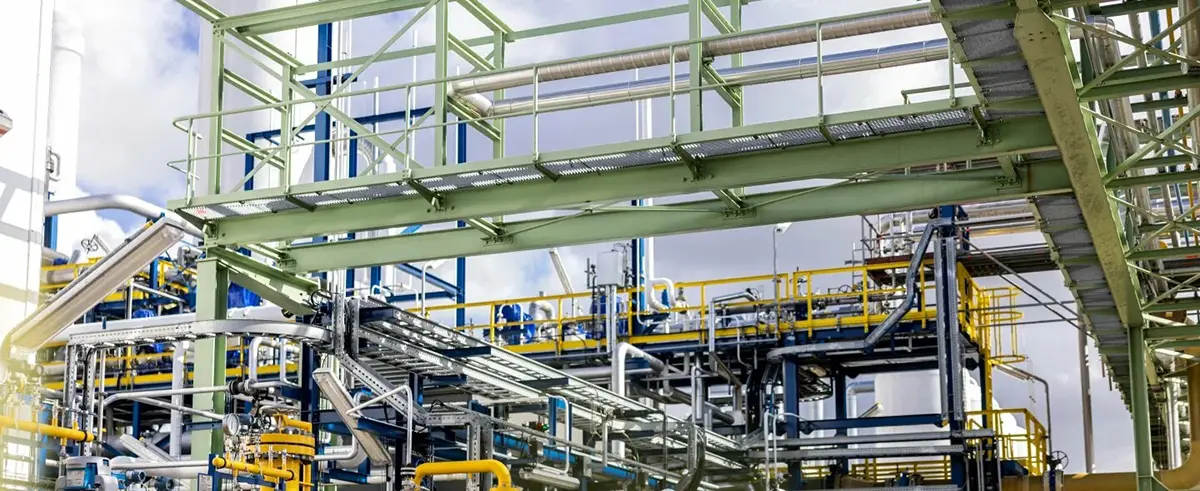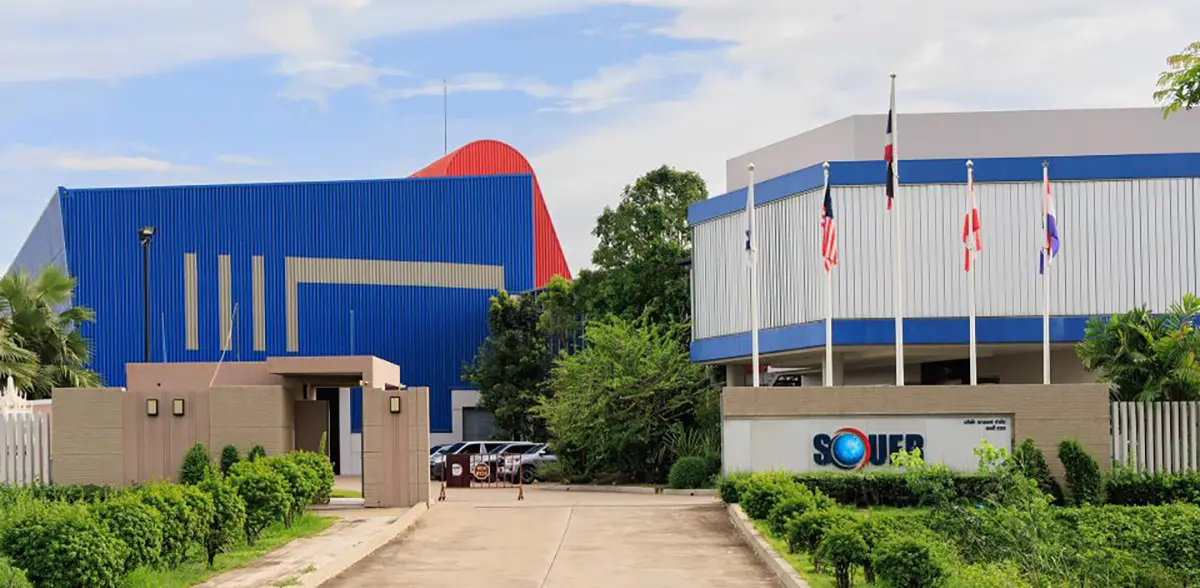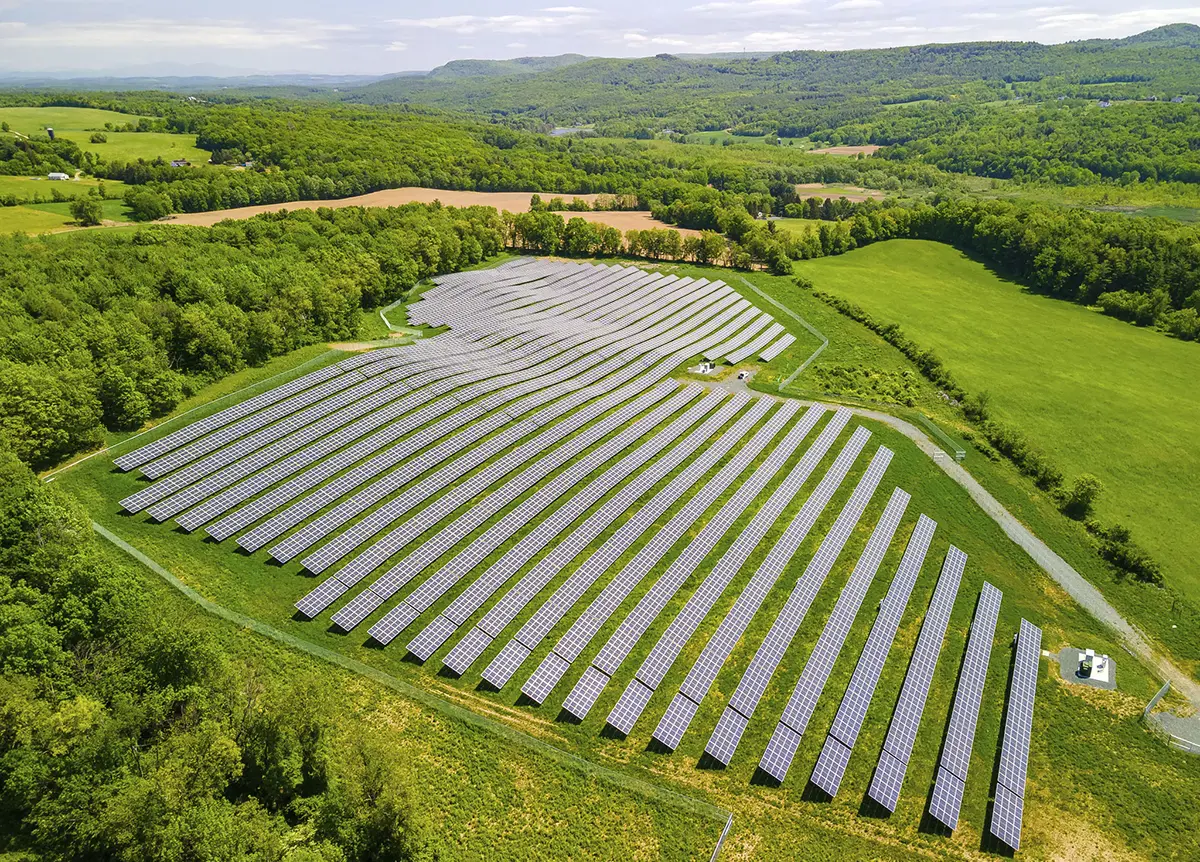
Toyota’s Lambscaping Is Sheer Genius
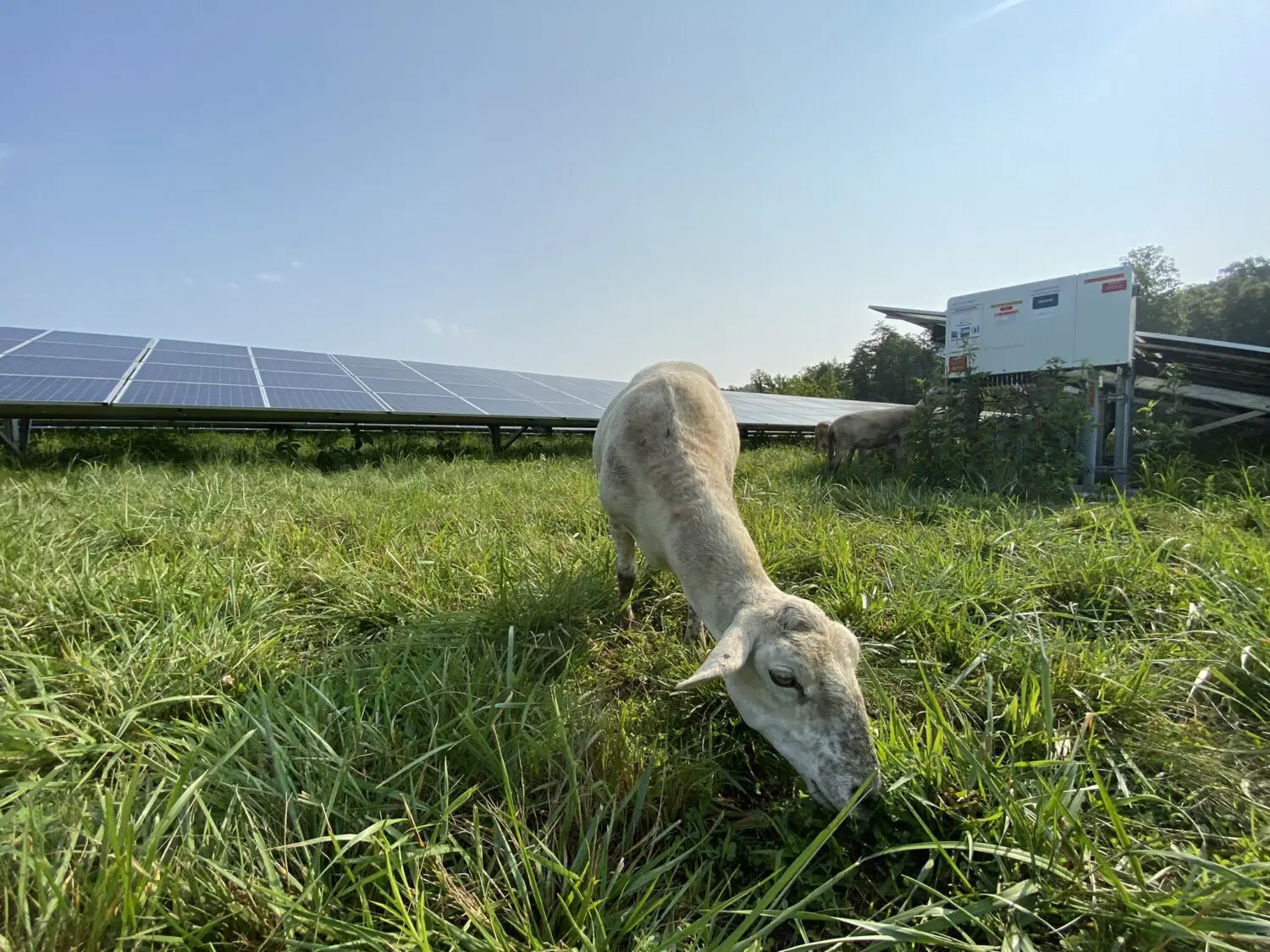
Toyota Motor Manufacturing West Virginia (TMMWV) in Buffalo, West Virginia, is known for being the only manufacturing plant in North America to produce hybrid transaxles. Founded in 1996, it’s also Toyota’s only combined engine and transmission plant. The nearly 2 million-sq.ft. (185,806-m2) facility assembled more than 1 million units in 2022.
TMMWV has a 5-acre (2-ha) solar array that it uses to power the facility. Recently, the plant decided to deploy a herd of 20 sheep to perform what TMMWV is calling some much needed “lambscaping.”
For solar panels to effectively create power, vegetation must be kept low. Unchecked growth can lead to unwanted shadows that block the sun’s power-generating rays.
According to the United States Department of Agriculture, a single sheep can eat up to 4 lb. (1.8 kg) of grass per day. They can easily fit underneath the solar panels and nibble up stray sprigs and weeds that grow in hard-to-reach areas. Sheep have a carbon footprint far lower than the typical commercial mower, and they don’t spray rock and debris, which could crack or damage the equipment. Because the animal’s diet is varied, they also reduce the use of pesticides and other chemicals.
“To continue to be great stewards of our environment, we have to embrace new ideas and creative ways of thinking,” said David Rosier, Toyota West Virginia president. “This program helps us save money, lower emissions, support local farmers, and do one more thing that puts us in harmony with nature.”
Toyota West Virginia is the company’s first plant to use agrivoltaics: using land for both agriculture and solar energy generation. The array is behind a locked, fenced enclosure. The sheep will be monitored daily, and a dog will watch over the herd. The sheep will be onsite from April through October.
Toyota West Virginia has the largest solar array in the state, which can generate 2.6 MW of power, enough to power more than 400 homes. The solar generation also reduces the plant’s carbon dioxide emissions by an estimated 4 million pounds (1.81 million kg) per year. An array of five solar flowers also lines the main road leading to the facility, helping power the employee services buildings and three electric vehicle charging stations.
The plant’s biodiversity park features forest and wetland habitats, a pollinator garden, an outdoor classroom, bird houses, bat houses, and a nesting platform to support avian species in the area. The plant has invested more than US$10 million in various local philanthropic and educational initiatives over the past two decades.

